Contents
Gymnopilus bitter (Gymnopilus picreus)
- Division: Basidiomycota (Basidiomycetes)
- Subdivision: Agaricomycotina (Agaricomycetes)
- Class: Agaricomycetes (Agaricomycetes)
- Subclass: Agaricomycetidae (Agaricomycetes)
- Order: Agaricales (Agaric or Lamellar)
- Family: Hymenogastraceae (Hymenogaster)
- Genus: Gymnopilus (Gymnopil)
- Type: Gymnopilus picreus (Gymnopilus bitter)
- Agaricus picreus People
- Gymnopus picreus (Persoon) Zawadzki
- Flammula picrea (Person) P. Kummer
- Dryophila picrea (Person) Quélet
- Derminus picreus (Persoon) J. Schroeter
- Naucoria picrea (Person) Hennings
- Fulvidula picrea (Person) Singer
- Alnicola lignicola Singer
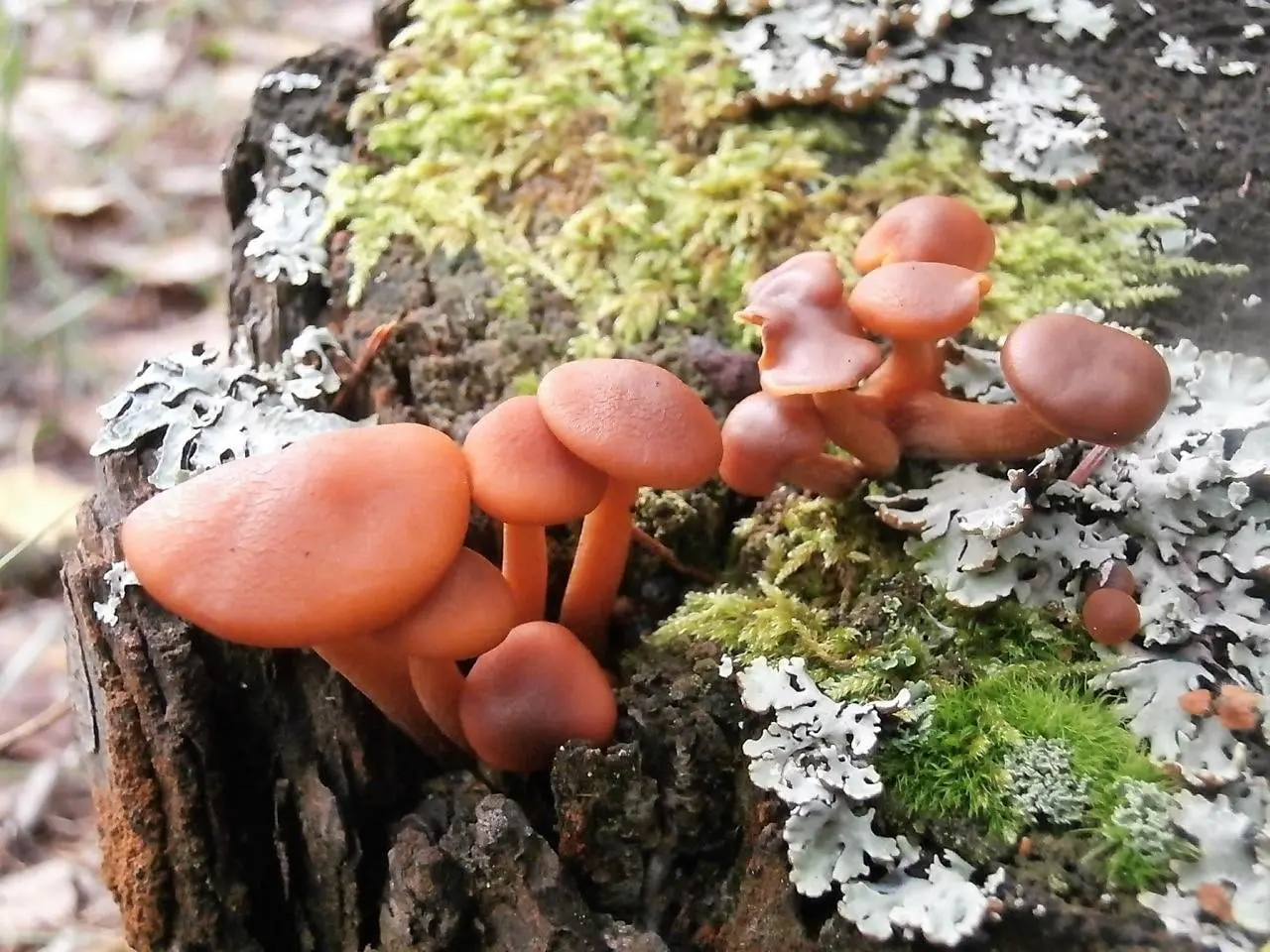
The etymology of the specific epithet comes from the Greek. Gymnopilus m, Gymnopilus.
From γυμνός (gymnos), naked, naked + πίλος (pilos) m, felt or bright hat;
and picreus, a, um, bitter. From Greek. πικρός (pikros), bitter + eus, a, um (possession of a sign).
Despite the long-standing attention of researchers to this species of fungus, Gymnopilus picreus is an understudied taxon. This name has been variously interpreted in modern literature, so that it may well have been used for more than one species. There are many photographs in the mycological literature depicting G. picreus, but there are significant differences in these collections. In particular, Canadian mycologists note some differences in the Moser and Jülich’s atlas, volume 5 of Breitenbach and Krönzlin’s Mushrooms of Switzerland from their own findings.
head 18–30 (50) mm in diameter convex, hemispherical to obtuse-conical, in adult fungi flat-convex, matte without pigmentation (or with weak pigmentation), smooth, moist. The color of the surface is from grayish-orange to brownish-orange, with excess moisture it darkens to red-brown with a rusty tint. The edge of the cap (up to 5 mm wide) is usually lighter – from light brown to ocher-yellow, often finely toothed and sterile (the cuticle extends beyond the hymenophore).
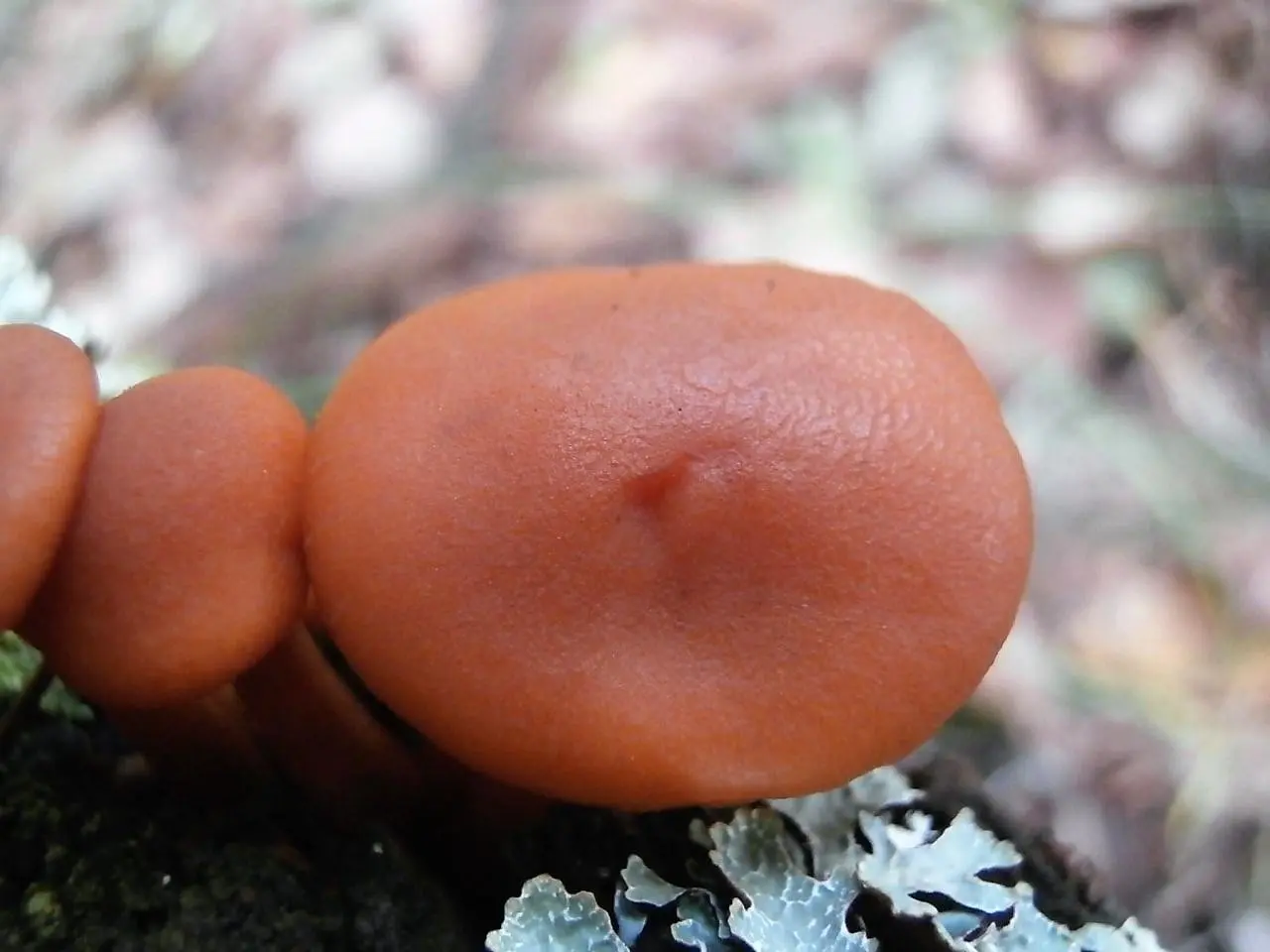
Pulp in color from light yellow to ocher-rusty in the cap and stalk, at the base of the stalk it is darker – to yellow-brown.
Smell weakly expressed indistinct.
Taste – very bitter, manifests itself immediately.
Hymenophore mushroom – lamellar. The plates are frequent, slightly arched in the middle part, notched, adherent to the stem with a slightly descending tooth, at first bright yellow, after maturation the spores become rusty-brown. The edge of the plates is smooth.
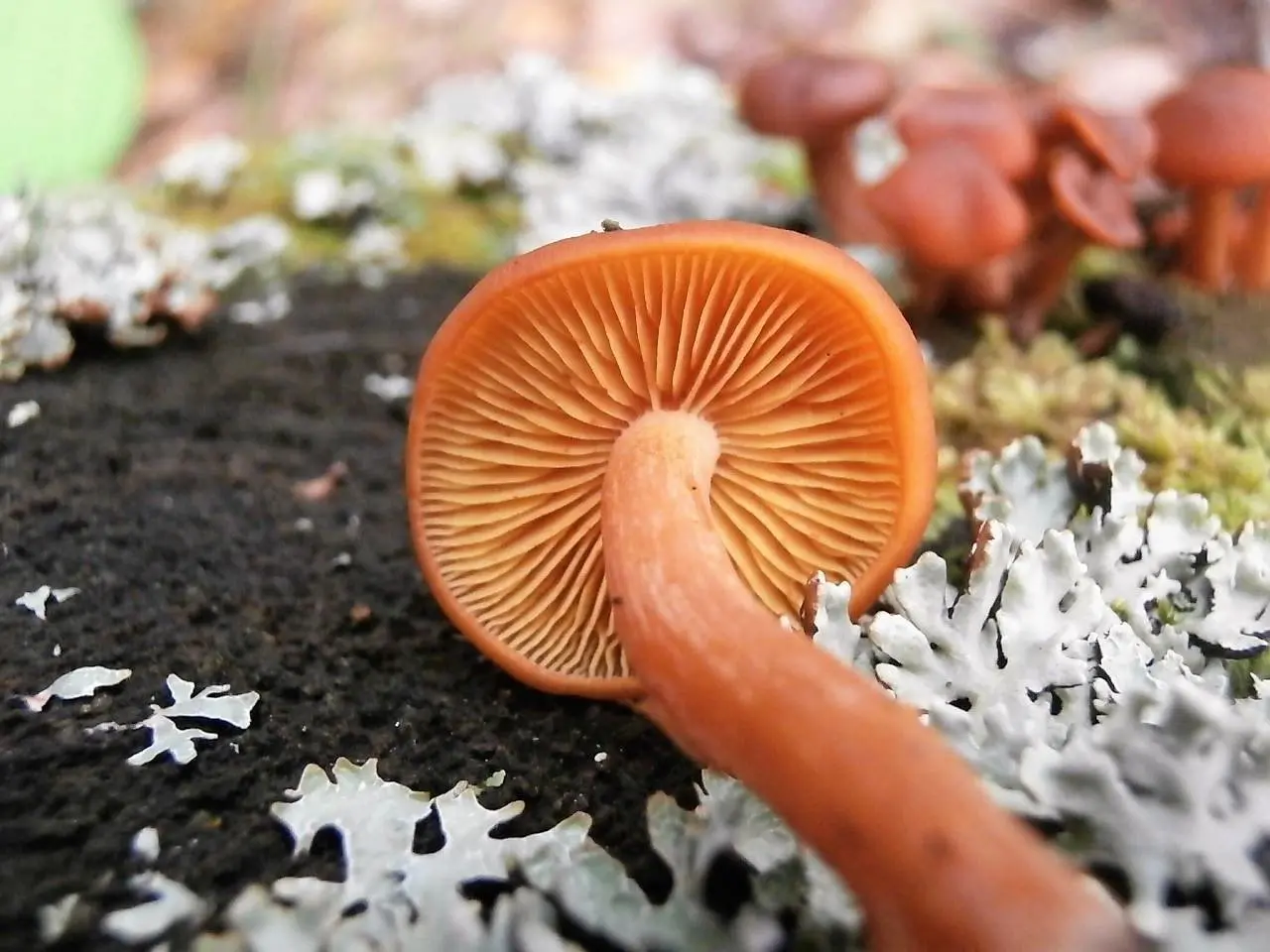
Leg smooth, dry, covered with a fine whitish-yellowish coating, reaches a length of 1 to 4,5 (6) cm, a diameter of 0,15 to 0,5 cm. Cylindrical in shape with a slight thickening at the base. In mature mushrooms, it is made or hollow, sometimes you can observe mild longitudinal ribbing. The color of the leg is dark brown, in the upper part of the leg under the hat it is brownish-orange, without traces of a private ring-shaped veil. The base is often painted (especially in wet weather) black-brown. Sometimes a whitish mycelium is observed at the base.
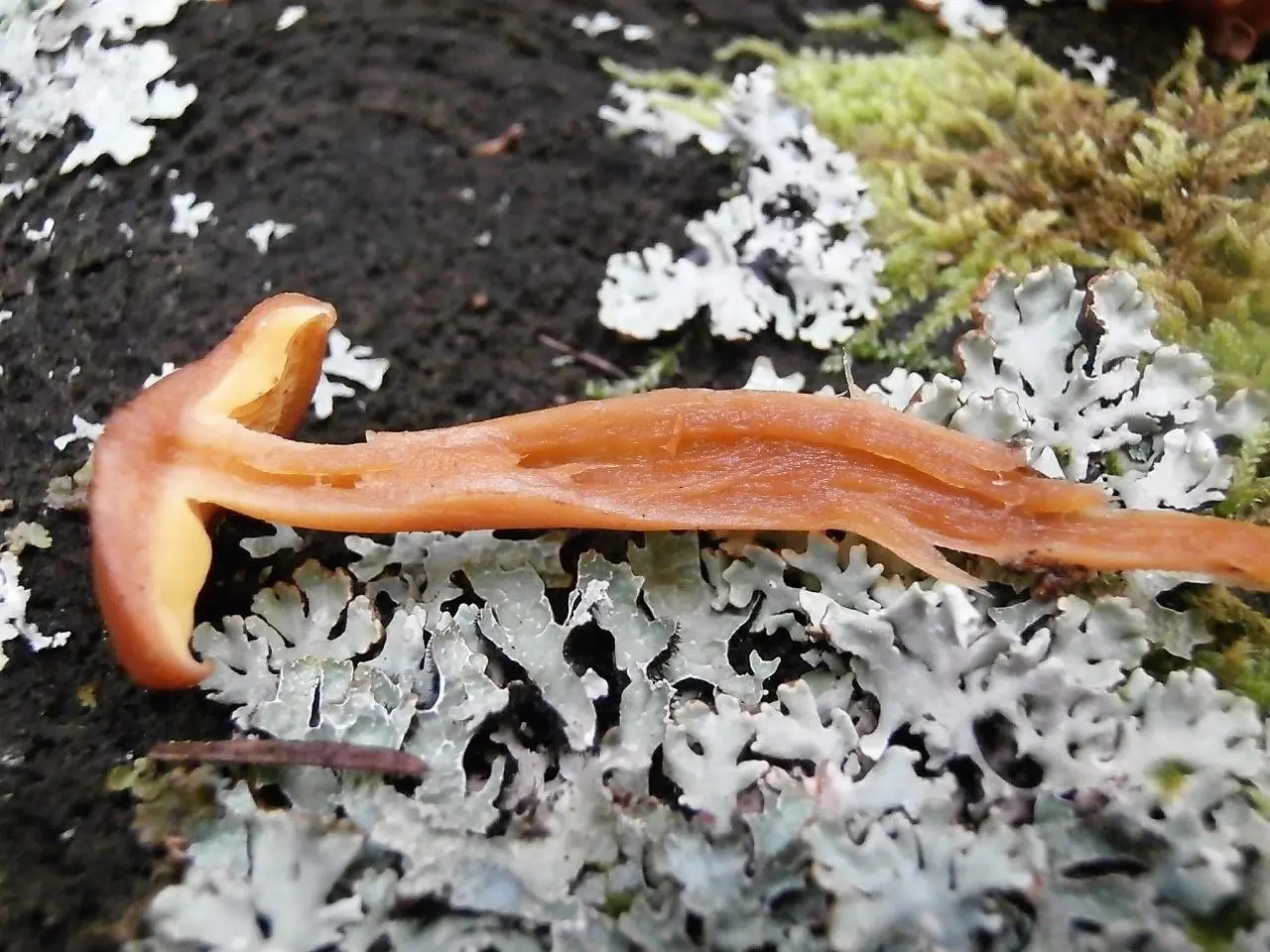
Споры ellipsoid, coarsely rough, 8,0-9,1 X 5,0-6,0 µm.
Pileipellis consists of branching and parallel hyphae with a diameter of 6-11 microns, covered with a sheath.
Cheilocystidia flask-shaped, club-shaped 20-34 X 6-10 microns.
Pleurocystidia infrequent, similar in size and shape to cheilocystidia.
Gymnopile bitter is a saprotroph on dead wood, dead wood, stumps of coniferous trees, mainly spruce, very rare finds on deciduous trees are mentioned in the mycological literature – birch, beech. Grows singly or in groups of several specimens, sometimes found in clusters. Distribution area – North America, Western Europe, including Italy, France, Switzerland. In Our Country, it grows in the middle lane, Siberia, in the Urals.
The fruiting season in Our Country is from July to early autumn.
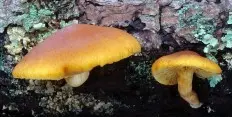
Pine Gymnopilus (Gymnopilus sapineus)
In general, a larger, lighter cap has a fibrous structure, in contrast to the bitter hymnopile. The leg of Gymnopilus sapineus is painted in lighter colors and you can see the remains of a private bedspread on it. The smell of the pine hymnopile is sharp and unpleasant, while that of the bitter hymnopile is mild, almost absent.

Gymnopil penetrating (Gymnopilus penetrans)
With similarities in size and growth environment, it differs from bitter hymnopile in the presence of a blunt tubercle on the cap, a much lighter stem and frequent slightly descending plates.
Inedible due to strong bitterness.
Photo: Andrey.









